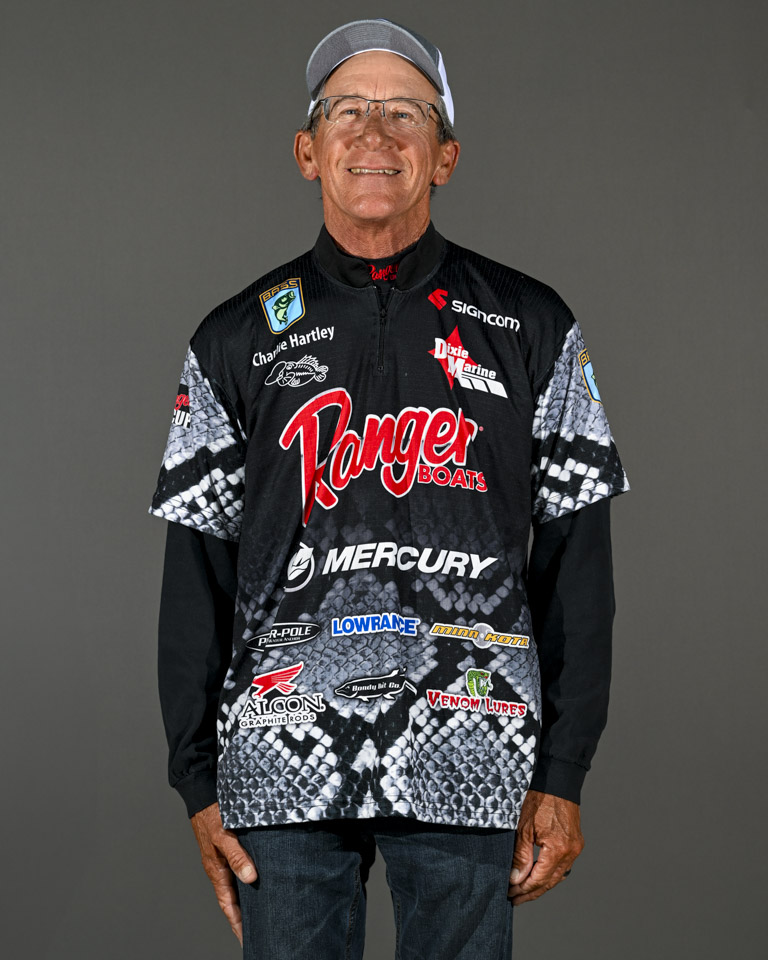As professional anglers we travel thousands of miles on highways each year and hundreds of hours on the water. As a result we’ve developed some things that we do on a regular basis that helps to keep us safe. I want to take this week to share a few of them with you.
One trick I’ve used for years is to shake my big motor by the skeg — with the motor brace off — every time I launch. This tells me in a second if the bolts holding it to the transom are tight. There are few things that are as dangerous as a loose outboard. At best it’ll leave you stranded. At worse it’ll break loose, flip over the transom, and kill you.
Something else a lot of us do is follow a set pattern when we’re getting our boat ready to launch. Start at the same place on your rig every time and work your way around the boat and trailer in the same direction every time. When you do things in a set pattern you’re less likely to make a mistake – like leaving a tie strap on or not putting your drain plug in the hull.
A trick I use to make sure everything is OK when I leave somewhere is to roll the truck windows down and turn off the radio. I can hear what’s going on behind me that way. If I have a bad hub, my motor’s down, my jack’s down, or forgot to store everything in compartments I’ll hear about it and hopefully be able to stop before I do a lot of damage.
Another good thing to do is to pull over after three or four miles. Get out and inspect everything on your boat and trailer. It’s a kind of double check with some time in between the first and second inspection.
And, there are several things you can do to prevent tire problems. Check your tire pressure on a regular basis. Low or high pressure can cause a blowout that could turn into something far more serious than a call to AAA or to BoatU.S. (A blowout is horrible on a double axle trailer. It goes way beyond horrible with a single axle trailer.)
At the same time check your tread depth. Trailer tires can wear fast. And make sure you check for dry rot. That’s especially important if you’re a casual angler. There’s more to tire wear than miles towed. Time takes its toll on everything.
The last thing I recommend is to have someone slowly drive your rig forward while you watch the tread on each tire for a full rotation. Watch for nails or uneven wear. Pay particular attention to the back tires if you have two axels. The first tire tends to stand the nail up. The second tire runs right over the top of it.
Following these safety precautions has saved me many hours of work and hassle as well as countless repair dollars over the years. It also might have saved my life somewhere along the line. Don’t take chances. Be safe.





